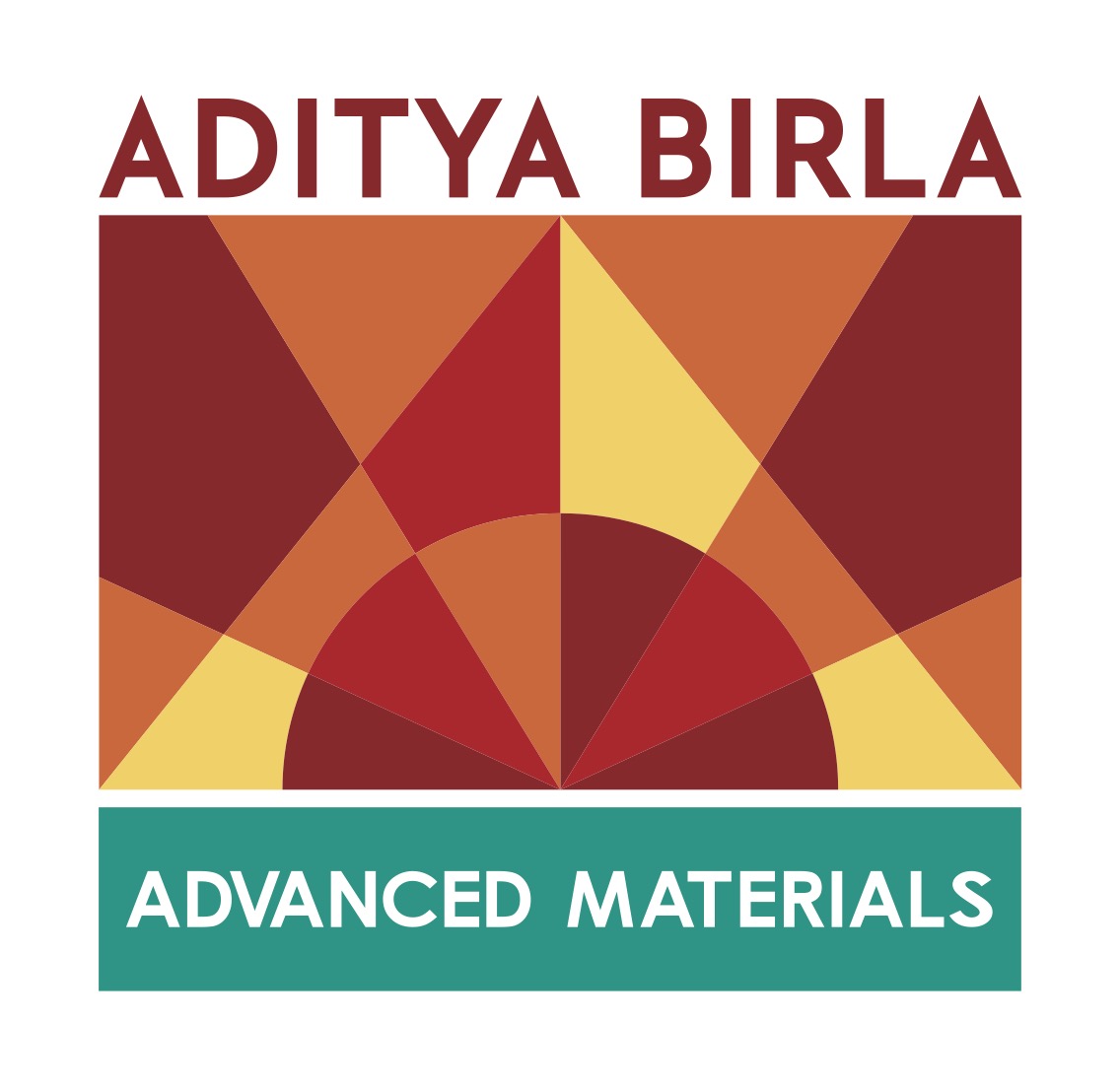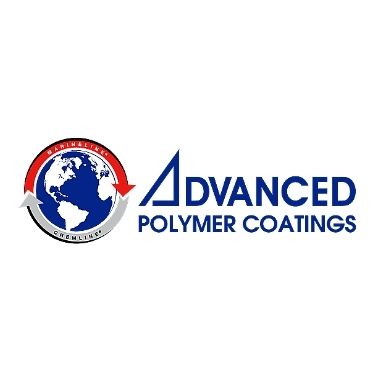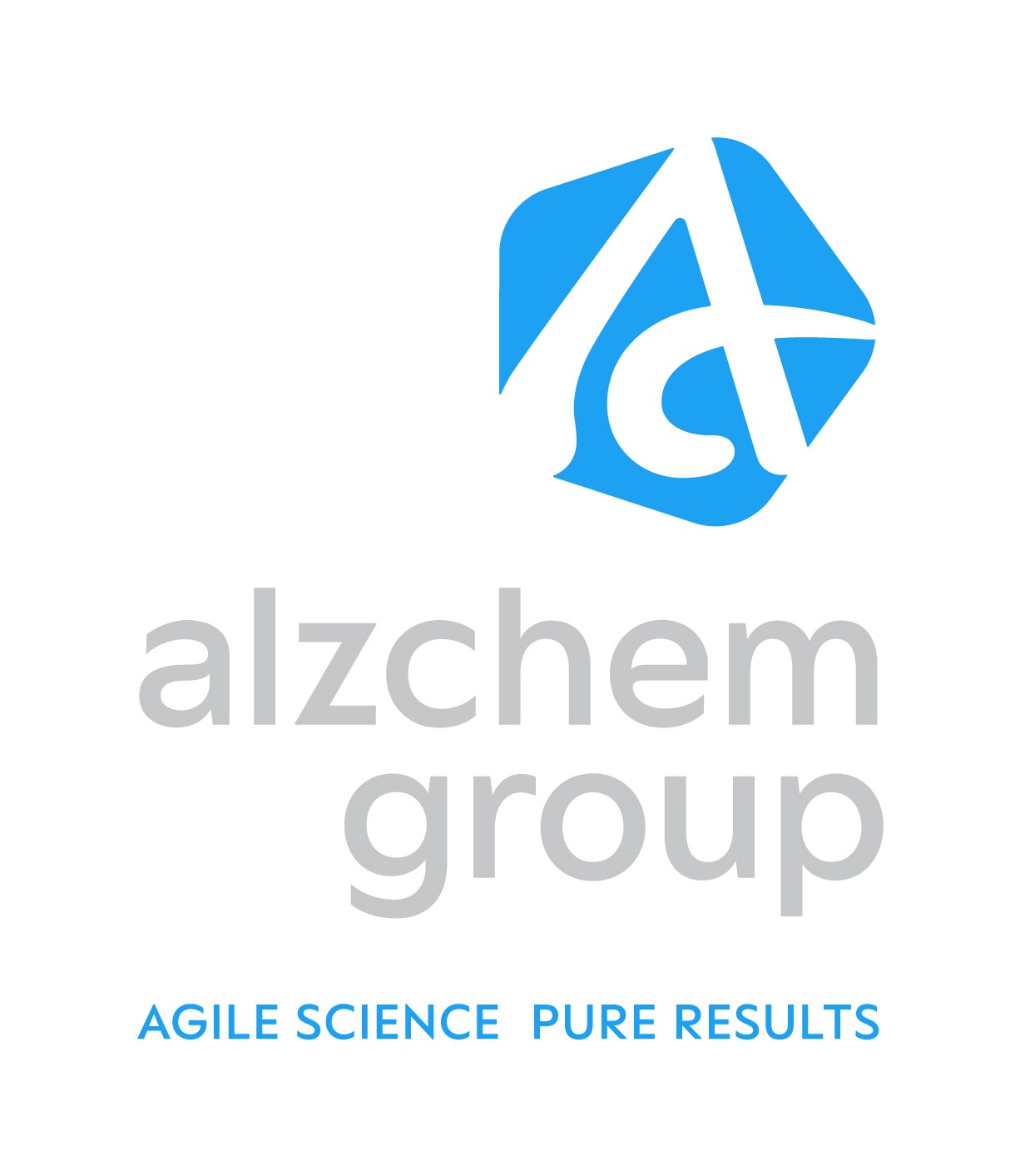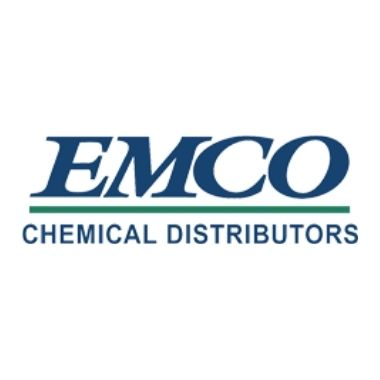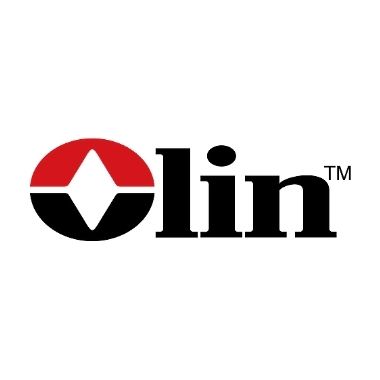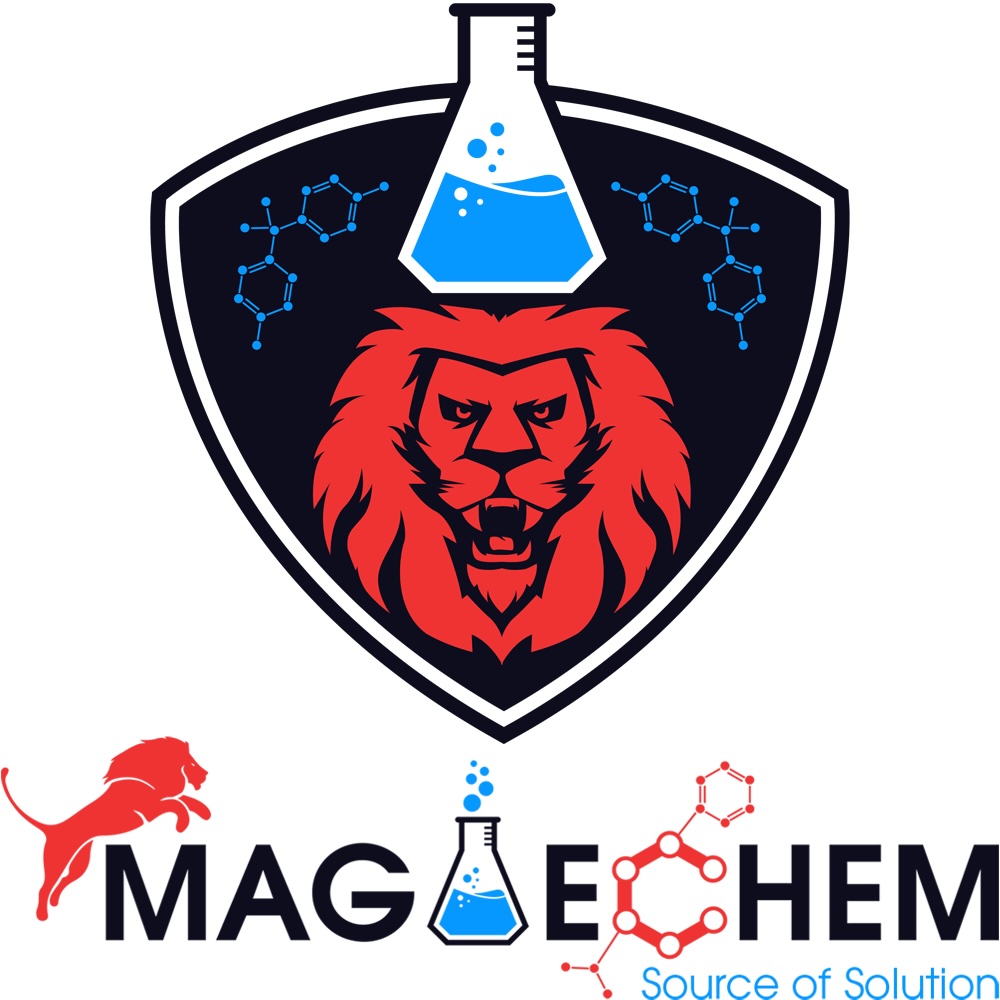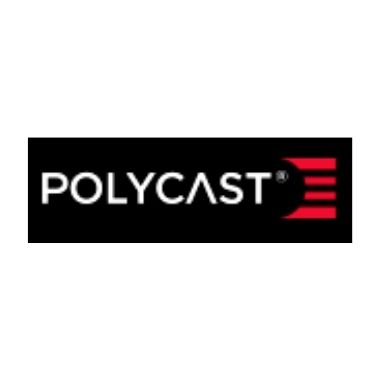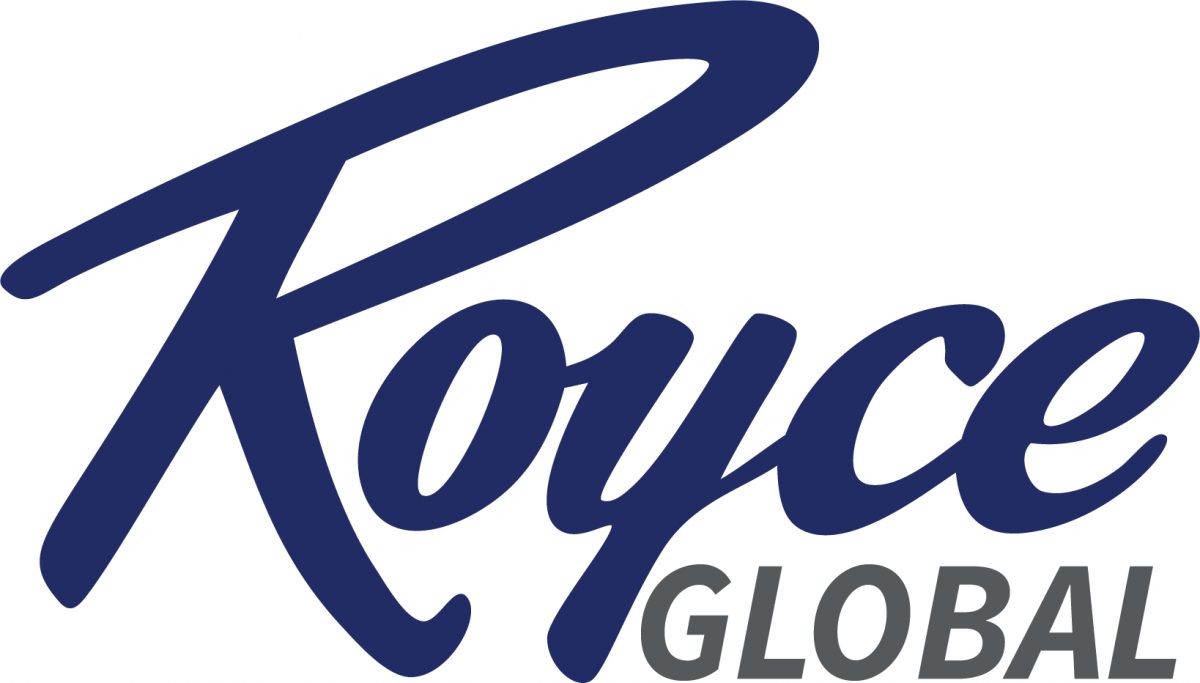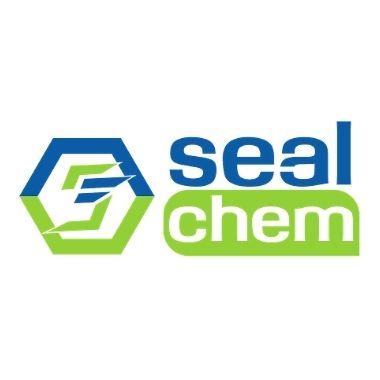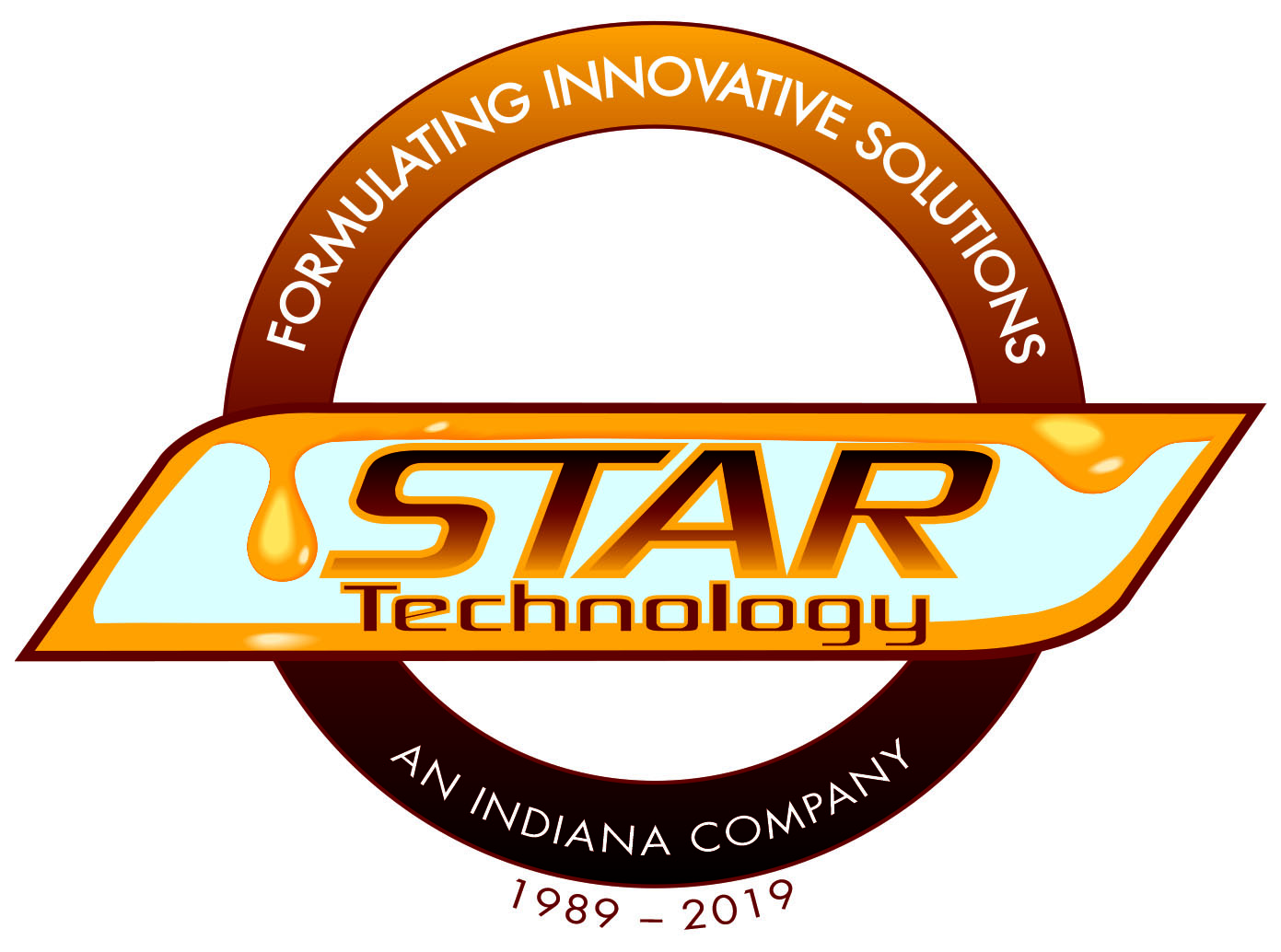2017 Annual Meeting Technical Papers
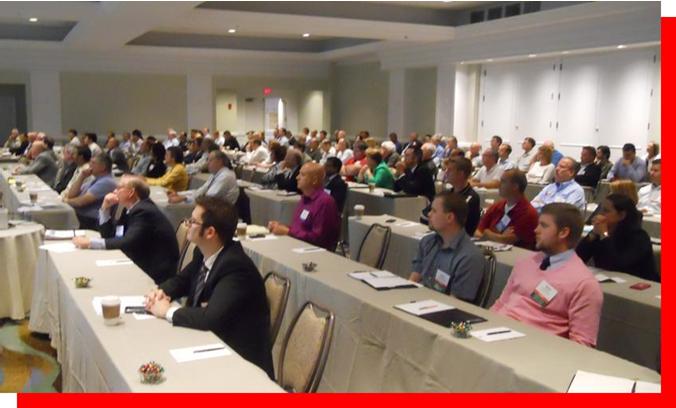 Technical Paper presentations are essential to achieving one of the association's key objectives, which is to be "the premier forum to interact and exchange knowledge among formulators and suppliers." Technical Paper presentations are essential to achieving one of the association's key objectives, which is to be "the premier forum to interact and exchange knowledge among formulators and suppliers."
Note: Technical papers are listed in alphabetical order by company
Chemistries to Enhance the Fire Retardancy of Epoxy, Urethane, and Vinyl Ester Resins
Phil Rhodes, Broadview Technologies
For both composite structural parts and electrical insulative resins fire has been a persistent challenge. Additives that help lower the fire risks of thermoset resins may have adverse effects on the structural performance and smoke toxicity of these resins under both burning and smoldering conditions. This paper will share a review of chemistries used to reduce fire risk and present studies on non-halogen fire retardants and synergists that offer effective non-hazardous ways for limiting the negative effects while reducing flame spread and smoke toxicity.
The pursuit of the perfect coatings finish
Stuart Lipskin, BYK USA
Coatings are used for a number of reasons. To satisfy the reason(s) for the use of a coating it should be correctly applied and cured on a properly prepared substrate. To obtain the 'perfect coatings finish' one must also eliminate the appearance issues. Areas to be discussed:
-Reasons and importance of coatings
-What coatings defects occur and their effect on the coating performance
-How to test I measure the quality of a coating
-An understanding of the reason for the defects
-How to reduce/eliminate the defects through a basic understanding of the concepts of additive functionality
Cargill Polyaspartic Ester 205
Andrew Karl, Cargill Industrial Specialties
When looking for a long pot life (working time) polyaspartic curative system, there is generally one tradeoff; slow performance property development. Cargill Industrial Specialties has solved this issue by developing a new polyaspartic ester. Cargill’s Polyaspartic Ester 205 is an innovative, next-generation version of the Cargill industry-standard 201 formulation, our current medium viscosity, quick-curing, polyaspartic ester. This new, 100% solids, proprietary ester, when cured with a polyisocyanate, maintains the same excellent cured film properties associated with quicker thin-film curing esters like the 201 formulation, while increasing the pot life by 50-70%. In our work, we were able to identify and control variables that contribute to an increased pot-life when reacted with polyisocyanate. This increased pot life has no negative impacts on the return to service time while maintaining similar final film properties not only as it relates to performance, but appearance as well.
High Reactive Curing Agents for Pultrusion Applications
Alejandrina Campanella, Dixie Chemical
Pultrusion is a continuous manufacturing process employed to make fiber-reinforced polymer profiles. Unsaturated polyester resins are the most common resin used in this application; however, over the past years, epoxy resins have become an important option in this market. Pultruded profiles made of epoxy-anhydride resins have the advantage of having excellent strength properties, good high temperature performance and excellent electrical properties; they have the additional benefit of being non-hazardous air pollutant products. This work will demonstrate the practicality of using pre-catalyzed anhydride curatives with epoxy resins for their use in pultruded profiles. Physical and mechanical properties, along with pot life data of two pre-catalyzed anhydrides with a variety of epoxy resins will be presented during this talk.
Dispersing of Engineered Synthetic Fumed Silica using Asymmetrical Centrifugal Mixers
Joe Abrantes, Evonik Corporation
Asymmetrical centrifugal mixers provides excellent mixing and distribution of solids, but does not provide the needed shear to de-agglomerate engineered synthetic fumed silica. Studies show that scale-up from asymmetrical centrifugal mixers to pilot and production mixing yields inconsistent and often different properties compared to asymmetrical centrifugal mixers development. This presentation uses a three-roll mixing concept to effectively grind and distribute engineered synthetic fumed silica to mimic high-speed dispersing and planetary mixing for effective and efficient design for product development. This paper will provide guidance in Epoxy, STPU, and Silicone chemistries to match high-speed dispersing and planetary mixing capabilities.
A New Assessment of a High Molecular Weight Polyetheramines for Flexible Epoxy Systems and a Novel Tg Determination of DGEBA
Bruce Burton, Huntsman Corporation
Polyether amines, when used to create the flexible part of cured epoxy networks, can improve formulations’ mixture ratios, decrease chlorine content, and eliminate mono-functional chain-terminating species relative to aliphatic glycidyl ethers, which are often used in the epoxy resin side of two-part formulations. We report on a 2,000 molecular weight polyetheramine used as the sole hardener in an epoxy network, reporting for the first time its Tg (glass transition temperature), which enables use with the Flory-Fox equation to predict the usage levels needed for various applications, such as ambient temperature cured flooring. It is also shown how off-ratio studies can be used to determine the Tg of neat epoxy resins.
Applications of Polymeric Materials in Marine Decking
Jing Zeng, ITW Engineered Polymers
The marine industry has many choices of decking materials. Non-skid coatings are used for enhancing safety in areas of the offshore oil and gas industry as well as on military vessels including aircraft carriers. Interior decking includes coatings, color flake, and quartz systems, terrazzo, and underlayments. This paper discusses various systems developed to meet the requirements of Military Specifications and IMO approvals.
Yong Zhang, Olin Corporation
Coatings designed for heavy-duty applications in the maintenance and protective coatings market are exposed to aggressive environments such as aggressive chemical solvents, marine atmospheres, UV light, abrasion, among others. In the US as well as other areas of the world, coatings designed for these applications have been primarily solvent-borne. There is a strong desire among all of the stakeholders in the maintenance and protective coatings arena to reduce the emission of volatile organic compounds (VOCs) as well as the human health impact of these coatings. High solids coatings are one route to that objective and the other route has been the replacement of organic solvents with water. Olin Epoxy has designed a low VOC, flexible epoxy resin which when properly formulated provides application friendliness and robust performance rivaling industry-standard high VOC 1-type epoxy solvent-borne coatings. Performance of single coat low VOC, industry-standard high VOC and commercial solvent-borne systems will be compared. The range of conditions under which low VOC systems can be applied and good performance achieved will also be summarized.
Composite Cable Electrical Transmission Lines
Roger Tietze, PART Consulting
Electrical transmission lines are sets of wires, called conductors that carry electric power from generating plants to “substations” that then distributes electrical power to customers. At a generating plant, electric power increases [stepped up] to several thousand volts by a transformer and delivered to the electrical transmission line. At substations on the transmission system, additional transformers decrease [step down] the power to a lower voltages [240 or 120] and deliver it to distribution lines. These distribution lines then carry power to businesses and residential customers.
Transmissions lines have been typically made with a stainless steel core which is then wrapped with an aluminum conductor for electrical power. Today composites are another option for the manufacture of transmission lines for electrical power. We will discuss how these composites are manufactured, and the advantages and disadvantages of traditional transmission lines vs. composite counterparts.
Lipophilic Modifiers for water-borne Protection Coatings based on 2K epoxy systems
Benjamin Boenigk, Ruetgers Novares
RUETGERS Novares is a German company with a long time of experience in the production of aromatic polymers and oligomers. The products are based on chemical stable and highly hydrophobic vinyl aromatics and are preferred modifiers in corrosion protection paints, coatings, and sealants. They improve the chemical resistance, water resistance, and adhesion of formulations with the additional enhancement of flexibility. As a answer to the fast-growing waterborne coatings segment, a new generation of water-miscible aromatic modifiers are developed.
These innovative products – Novares L 100 W and LA 300 W – have an aromatic and very hydrophobic backbone. They improve the flexibility of the coatings and enhance the anticorrosive and chemical resistant properties of the formulations. Furthermore they are non VOC or low VOC, depending on regulatory rules, display strong a coalescence effect during film-forming and support leveling and gloss of the film. NOVARES® L 100 W and NOVARES® LA 300 W are the modifiers bringing your water-borne coating formulations to the next high level in resistance, durability and surface properties
Novel mono/dianhydride blends as curative systems for epoxy-based syntactic foams
Selvum Pillay, University of Alabama Birmingham
Epoxies cured with anhydride form crosslinked thermoset networks that exhibit good chemical, electrical, thermal, and mechanical behavior. Past studies on the epoxy-based curative system for syntactic foam fixated on monoanhydride and monoanhydride blends to optimize performance and processing with better mechanical properties such as tensile strength and elongation. There have been very few investigations incorporating di-anhydride as a curative into the resin which can enhance the thermal properties. The primary reason is that di-anhydride generally has a higher viscosity making it difficult to process due to a high degree of crosslinking. In this present study, we investigate the effect of change in properties by using the proper stoichiometric ratio of a mixture of mono/di-anhydride(hardener) and epoxy (resin) for syntactic foams. Mechanical, thermal, and processing data for syntactic foams are presented and compared to monoanhydride- based curatives. We discuss this data in relation to the material design of deep-sea thermal insulation.
|


 Technical Paper presentations are essential to achieving one of the association's key objectives, which is to be "the premier forum to interact and exchange knowledge among formulators and suppliers."
Technical Paper presentations are essential to achieving one of the association's key objectives, which is to be "the premier forum to interact and exchange knowledge among formulators and suppliers."
